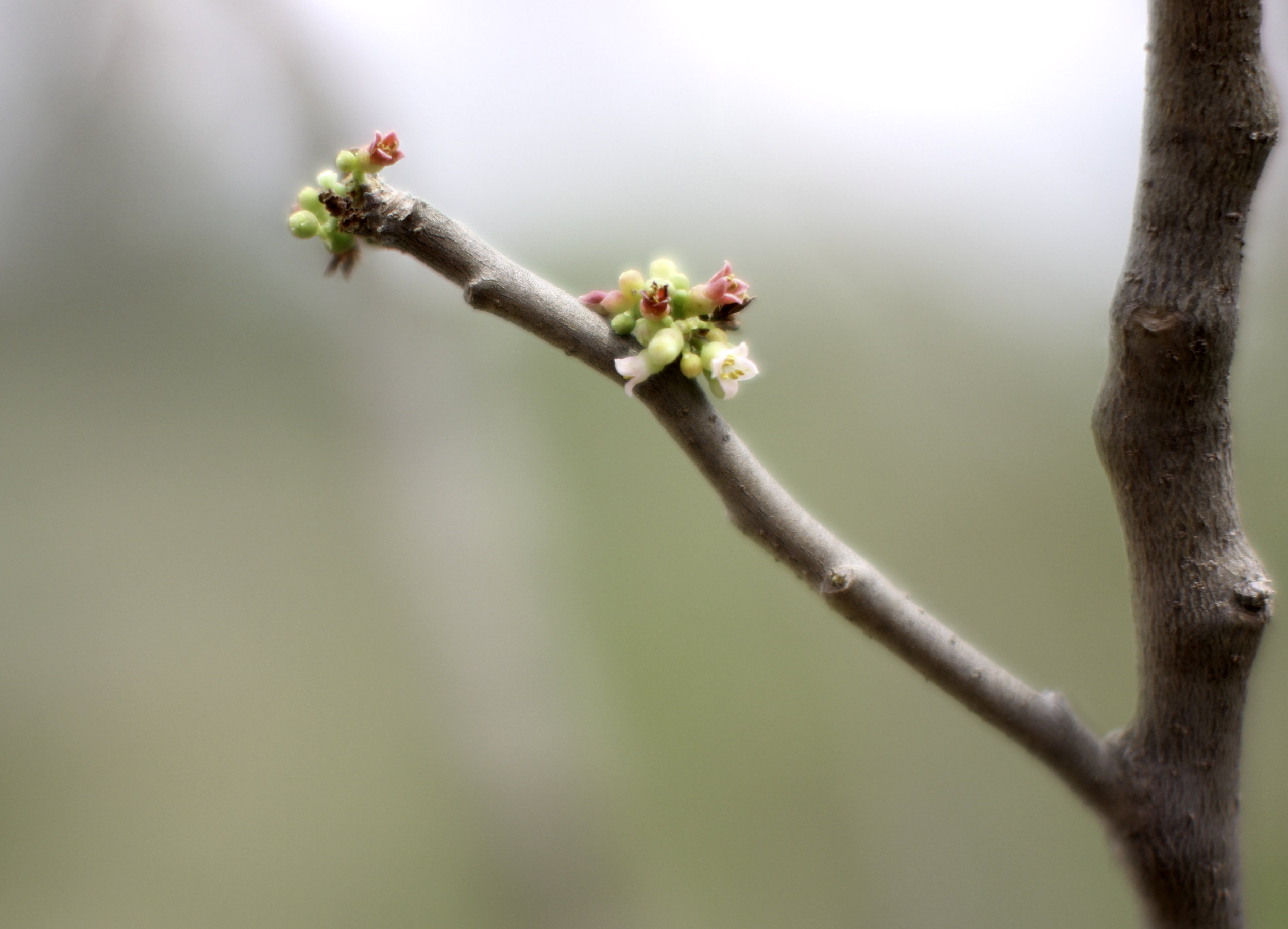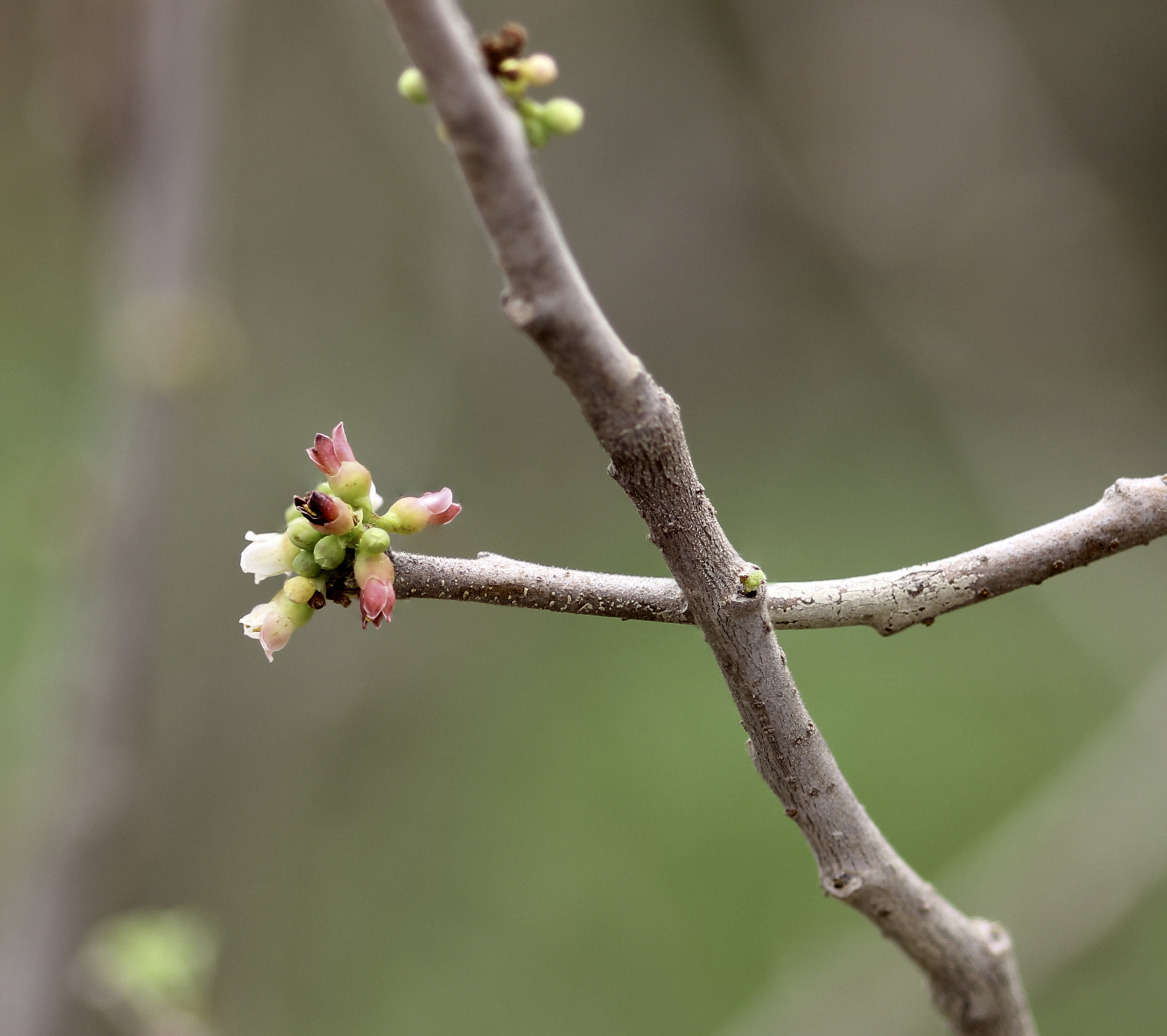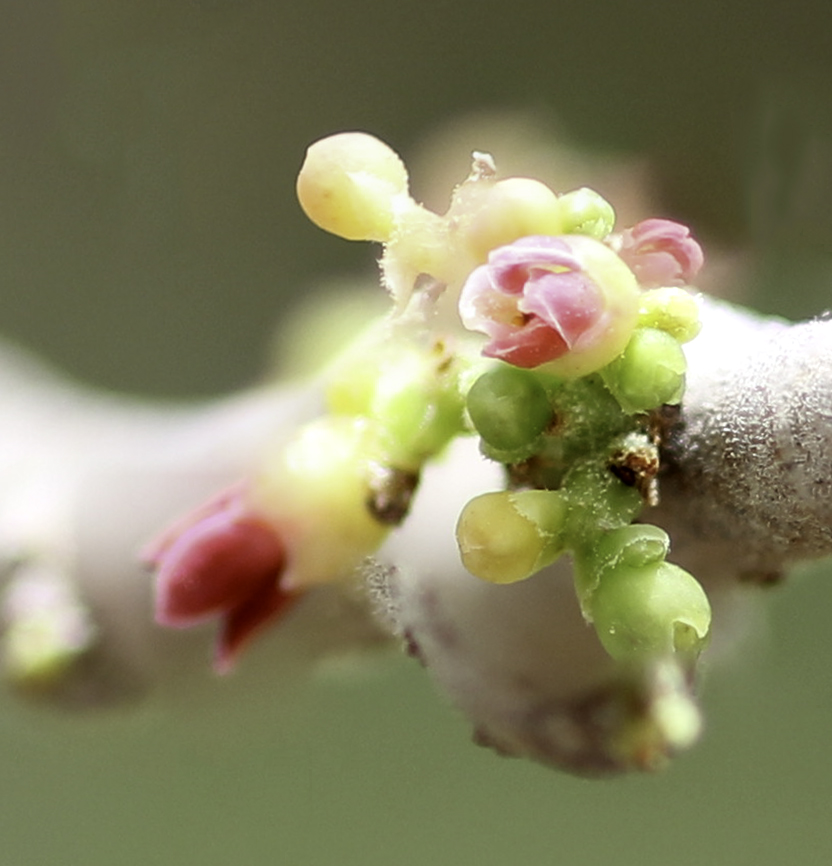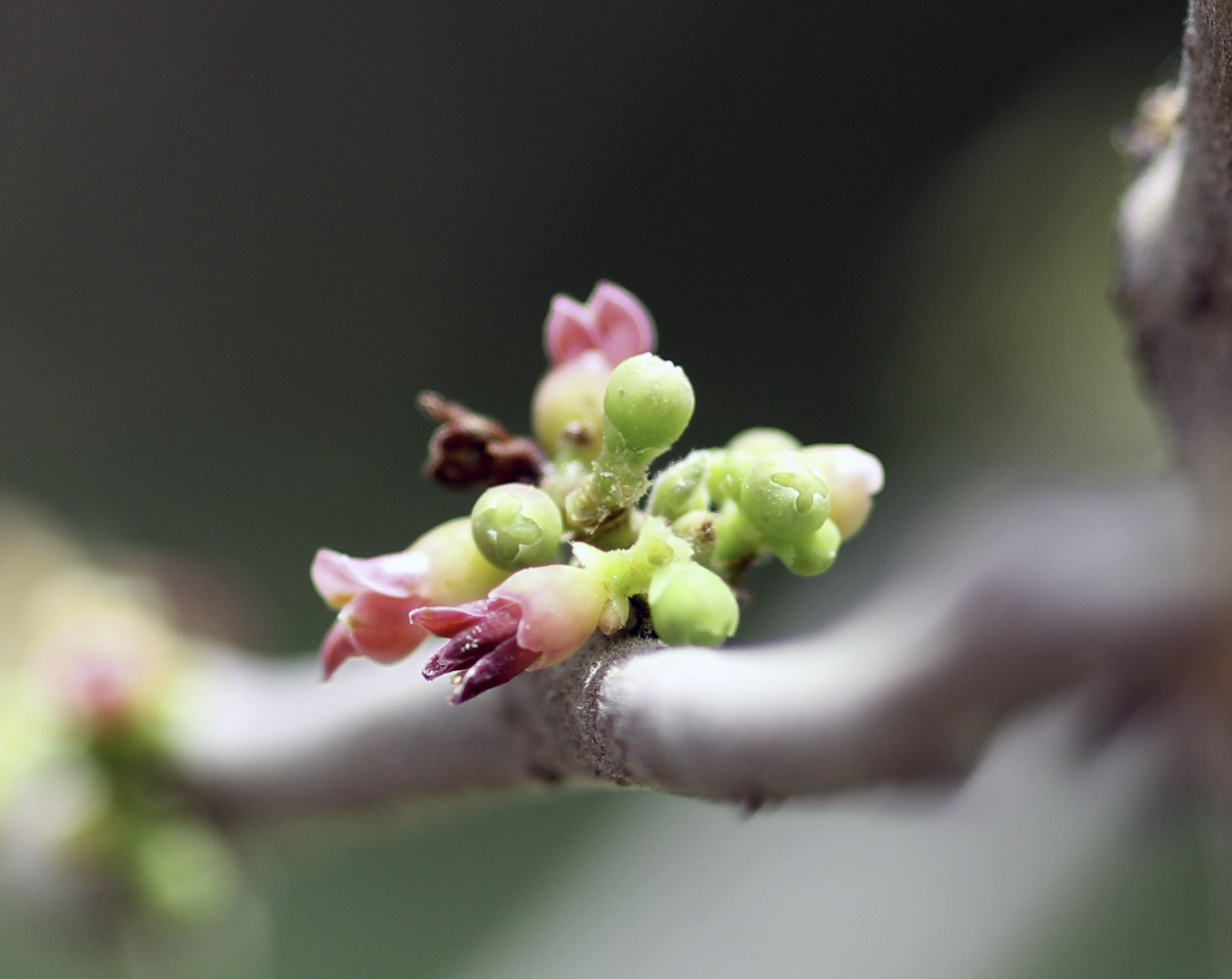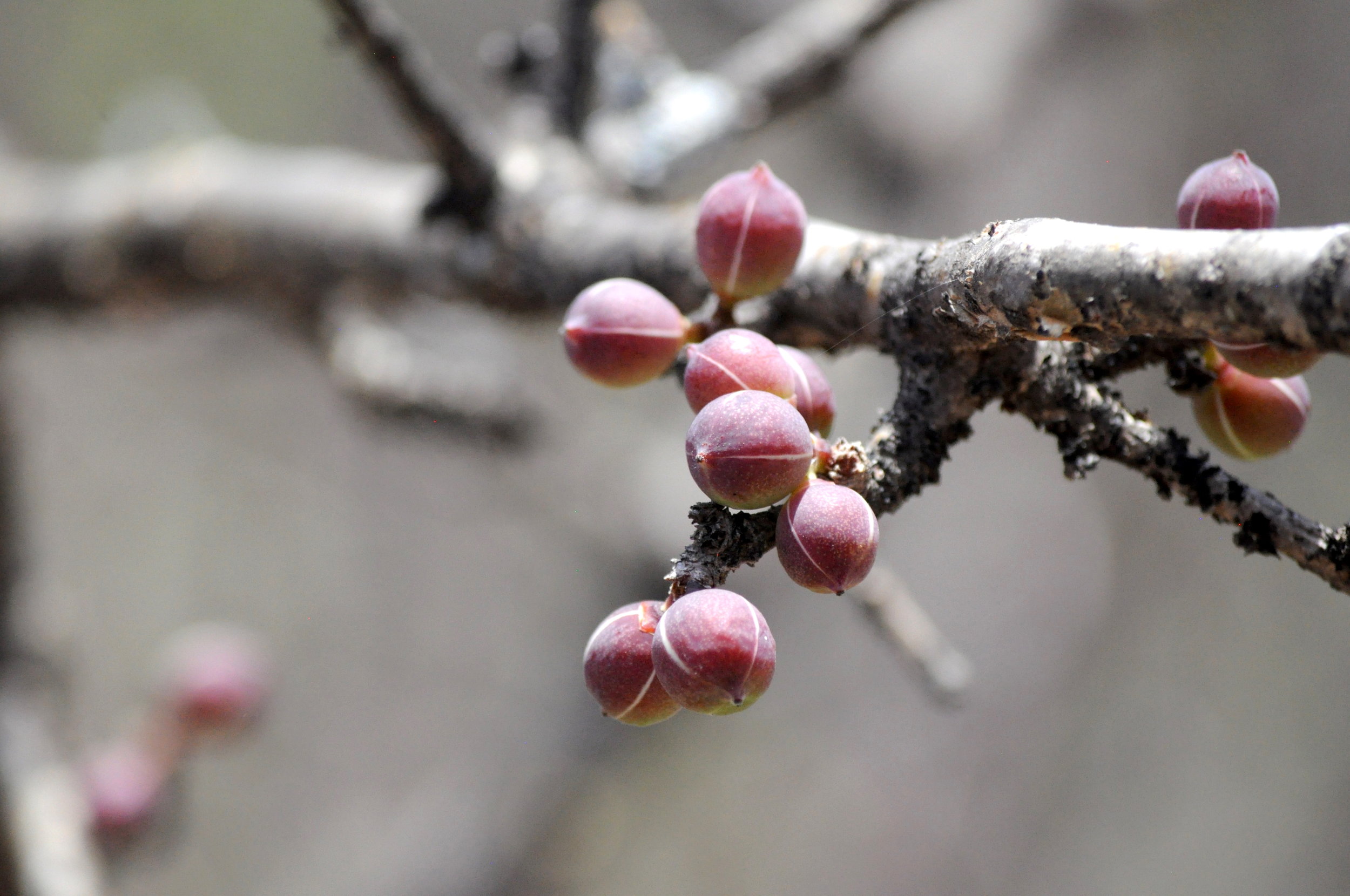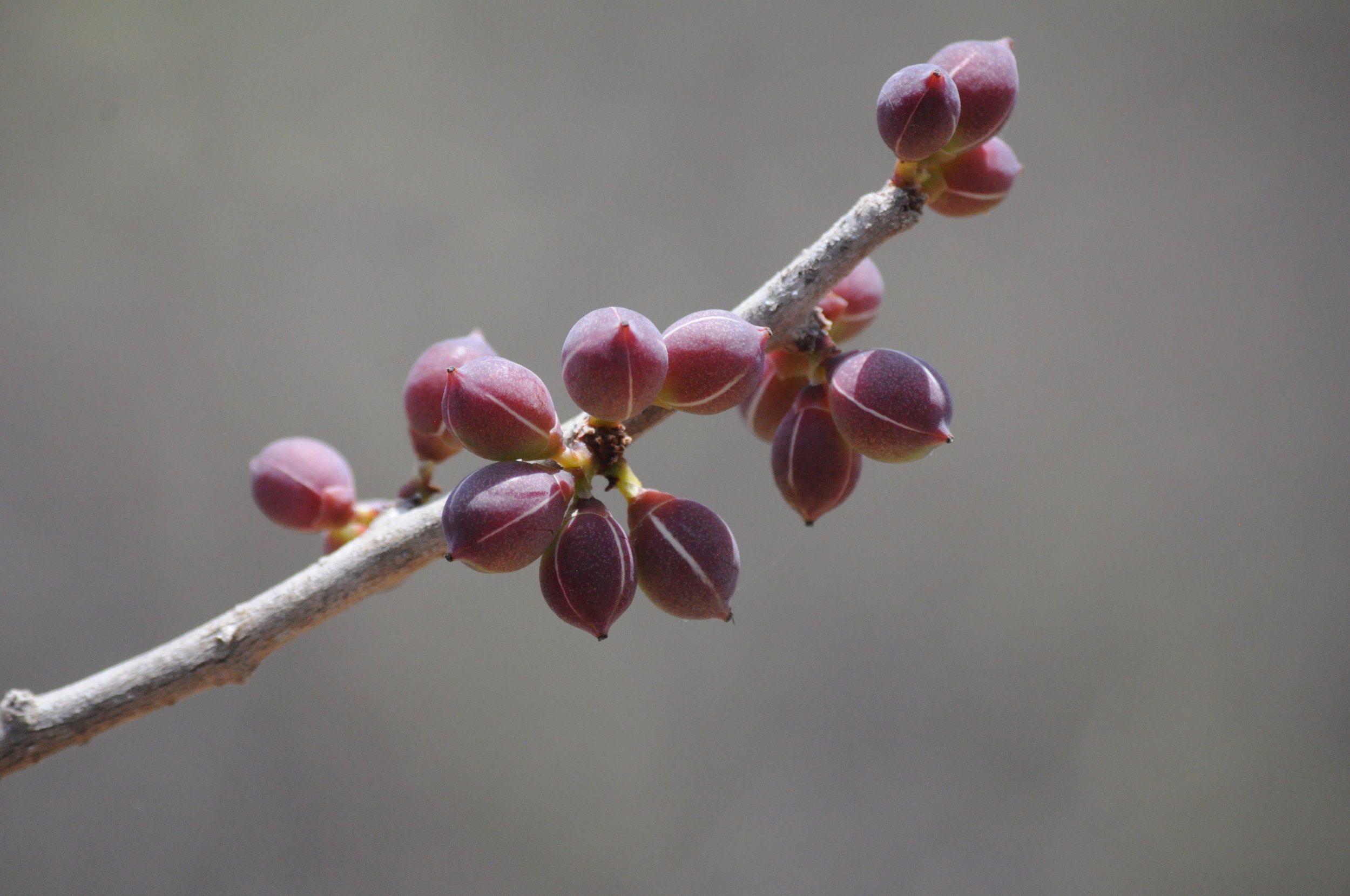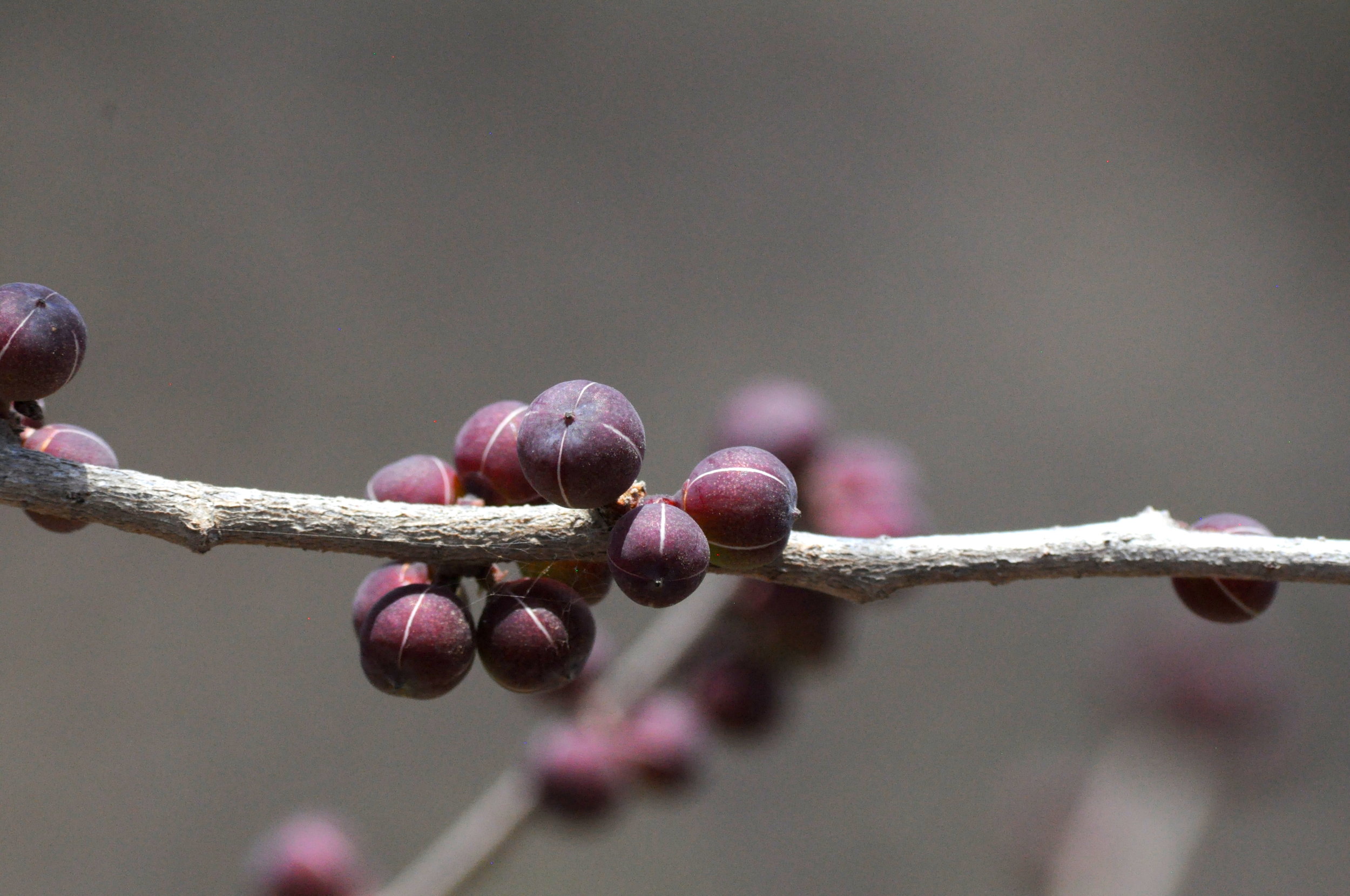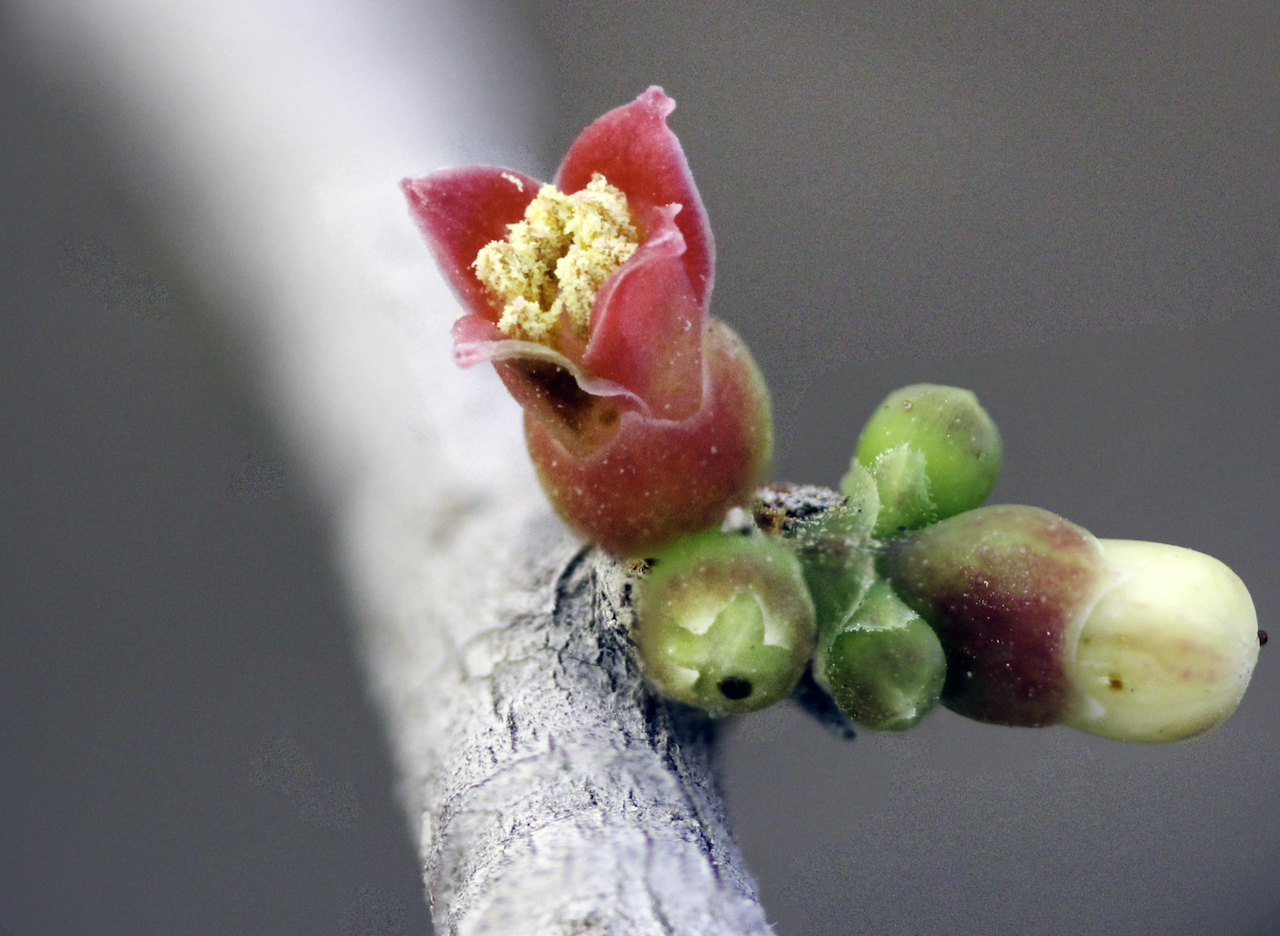Balm of Mecca
(Commiphora gileadensis)
Balm of Mecca (Commiphora gileadensis) tree sap
Commiphora gileadensis (syn. Commiphora opobalsamum) is native to Oman and Yemen, along the Arabian Sea coastal zones of Yemen and Oman and within the narrow Red Sea coastal zones of Yemen, Eritrea, and Saudi Arabia.
Commiphora gileadensis is commonly referred to as Balm of Gilead, Balsam of Gilead, Mecca Balsam, Opobalsamum, Dead Sea Balsam, Judean Balsam, Matariyya Balsam, “True” Balsam, or Balsam.
Commiphora gileadensis adapts its growth to microclimate conditions—growing as a 1-2m, prostrate bush in steep, dry, rocky locations along coastal cliffs or as a 5-10 m tree in coastal mountainside forests where yearly monsoonal moisture and forest soils sustain enhanced microclimates for faster growth.
Local people in Oman refer to Commiphora gileadensis by the names; sik’of, sok’of, or suk’of.
Commiphora gileadensis has numerous traditional medicinal uses in Oman including for respiratory diseases, as a cure for rabies, to alleviate labor pains, and for skin infections. To this day, the local mountain tribes still eat ripe Commiphora gileadensis fruit when herding goats, cattle, or camels; rub crushed young shoots of Commiphora gileadensis on the body and underarms as a natural deodorant; and rub insect bites with fresh, white sap from Commiphora gileadensis leaves or branches to reduce irritation.
During the Islamic Golden Age (700-1300 CE) ‘True’ Balsam oil or Balsam of Matariyya was prepared from a three-hectare garden in the town of Matariyya, situated east of the Nile River and 6 km north of central Cairo, Egypt. Balsam trees growing in Egypt were reported as early as the end of the first century CE and commercialized accounts of Matariyya Balsam were recorded in the seventh century CE.
Samples of C.ommiphora gileadensis branches were collected from the mountainsides of the Dhofar Range in western Oman. Samples were cut to 15-25 cm and stored in air-tight plastic bottles. We collected branch samples in October 2010 from various trees at four locations within 30 km of downtown Salalah, Oman, notably 92 g at 17°06’08”N 54°04’16”E, elevation 169 m (off the Ateen Road heading to Nabi Ayub), 120 g at 17°06’15”N 54°20’37”E, elevation 125 m (in Wadi Athoam), 151 g at 17°06’45”N 54°33’34”E, elevation 609 m (near the rim of the Tawi Atayr Sinkhole), and 93 g at 16°59’58”N 53°49’08”E, elevation 212 m (in Wadi Sahalnoot near Ein Ishat).
SPME Extraction
The 100 μm PDMS fiber (Supelco) was used for all SPME headspace extractions. Headspace SPME extractions were taken directly from the sealed plastic bottles at 23 oC for 5 minutes.
Solid phase microextraction or SPME uses a polymer-coated fiber to concentrate volatile and semi-volatile organics in one extraction step. SPME requires no solvents or complicated extraction apparatus. The SPME fiber is attached to a plunger inside a protective needle, which is attached to a holder that looks like a micro liter syringe.
Commiphora gileadensis tree
GC-MS
SPME analyses were performed on an Agilent 7890A GC equipped with an Agilent 5975C MSD and an HP-1 capillary column (50 m x 0.320 mm ID x 0.52 μm film). The helium carrier gas was at a constant flow rate of 1.3 ml/min. Oven initial temperature of 40 oC was held for 2 min and ramped at 3 oC/min to a final temperature of 300 oC and held for 10min. Split injection mode with a split ratio of 125:1 was utilized. The Wiley09 and NIST08 mass spectral libraries, as well as an essential oil mass spectral library created by Dr. Hervé Casabianca, were utilized for compound identification. Dr. Hervé Casabianca’s essential oil retention index library was utilized to confirm GC peak identification using temperature programmed retention indices relative to homologous n-alkanes C7-C30.
SPME Headspace extraction and GC-MS separation and detection identified the Commiphora gileadensis branch aroma compounds (major volatiles) as myrcene (48.6%), beta-pinene (16.8%), alpha-pinene (9.2%), alpha-phellandrene/limonene (6.7%), alpha-copaene (2.9%), beta-elemene (1.5%), allo-ocimene (1.4%), alpha-thujene (1.5%), sabinene (1.0%), and n-nonane (1.2%).
The high abundance of myrcene is most uncommon in essential oils.
Commiphora gileadensis has a diverse semi-volatile sesquiterpenes; delta-elemene, alpha-gurjunene, beta-ylangene, trans-beta-caryophyllene, beta-copaene, allo-aromadendrene, and delta-cadinene.
The abundance of the volatile monoterpenes (89.6%) and volatile normal alkanes (2.0%) combined for 91.6% of the C. gileadensis branch aroma compounds.
Commiphora gileadensis fresh sap


